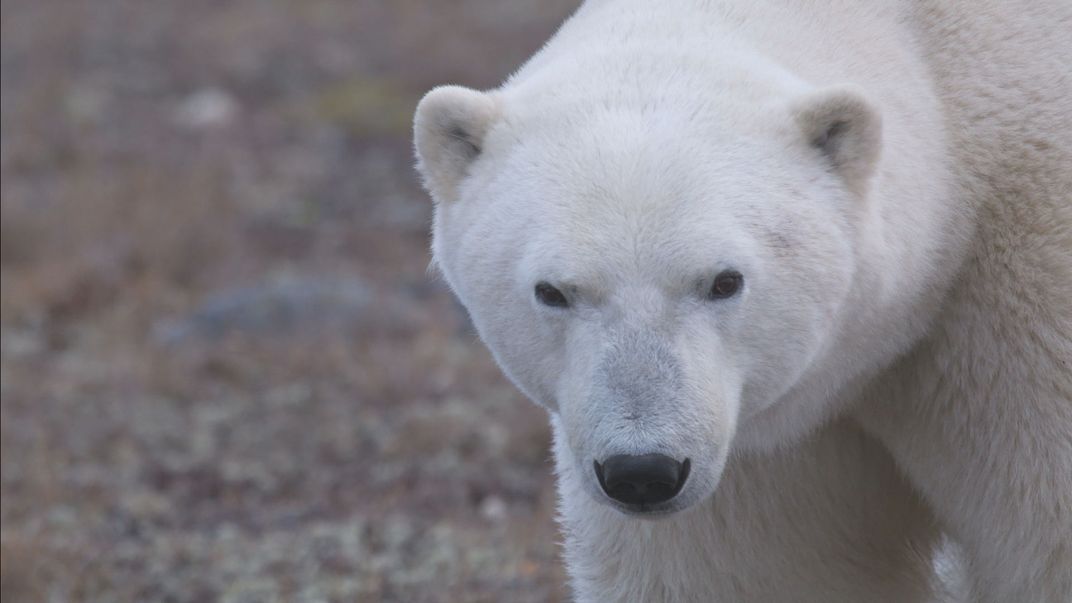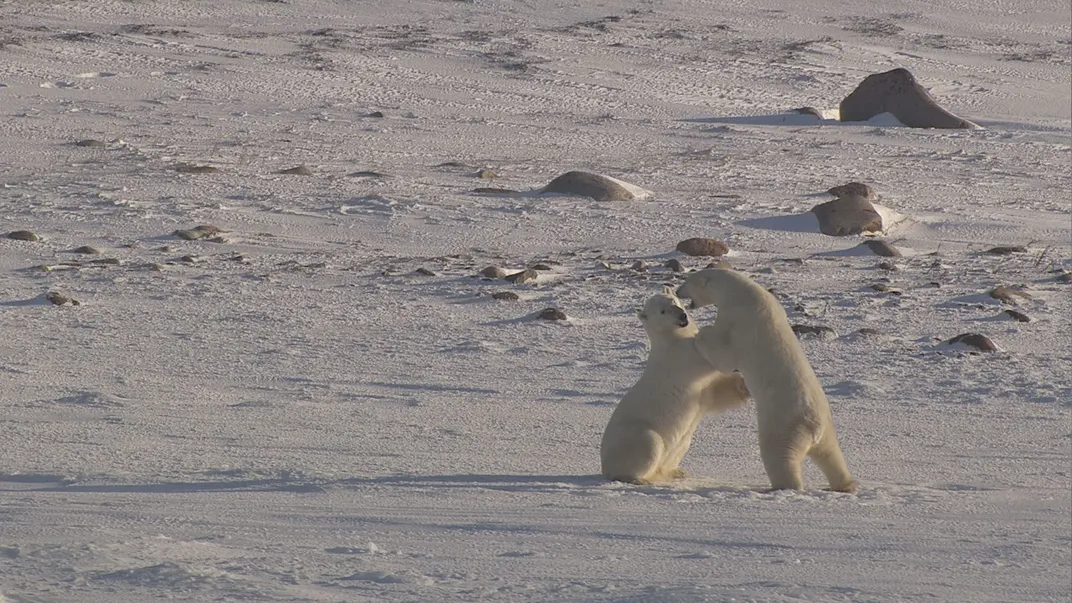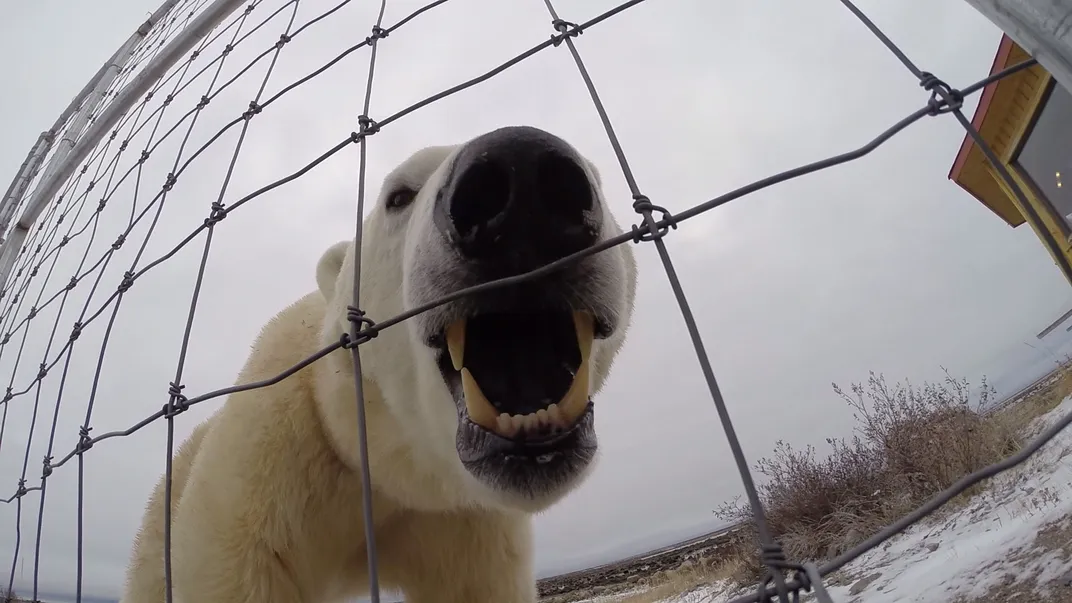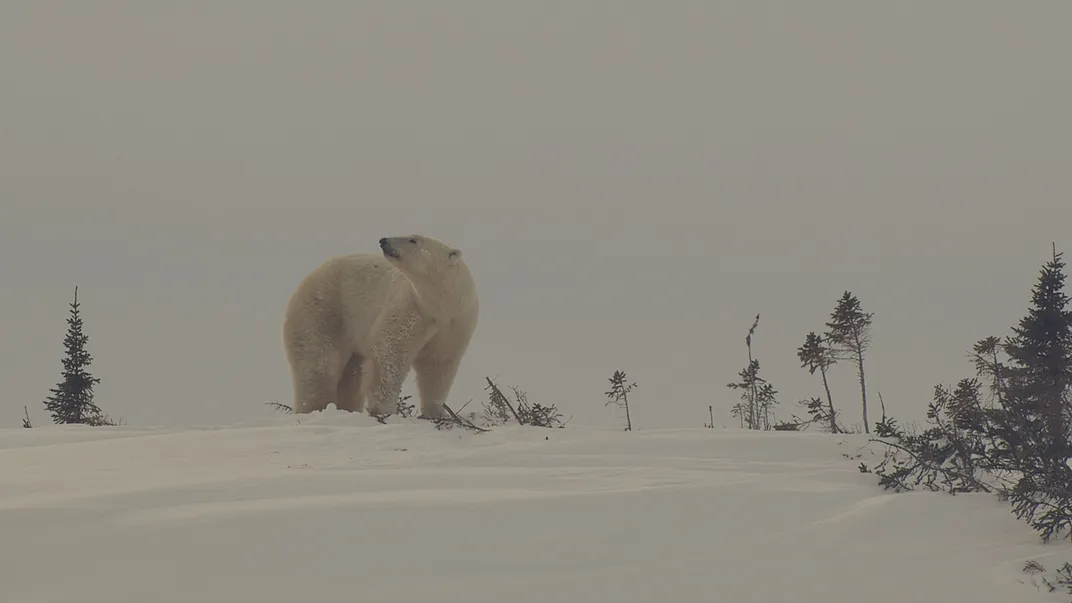The Town That Polar Bears Built
Get to know the four-legged residents of Churchill, Canada
Churchill, Manitoba, a sparsely populated town at the mercy of the Northern winds off Canada's Hudson Bay, might be just another dot on the map if not for its seasonal inhabitants of the four-legged variety.
But like clockwork every fall, hundreds of polar bears trundle through town on their way to the freezing bay, where they will hunt for seals after the ice packs enough to support their weight. The animals have been associated with Churchill since at least 1619, when Norwegian explorer Jens Munk and his crew recorded making a meal of one while they wintered in the area. ("It was of good taste and did not disagree with us," Munk wrote in his journal, as Adam Roy notes in Outside.)
Over the years, the animals’ presence has earned the town the distinction of “Polar Bear Capital of the World.” In Smithsonian Channel’s new series, “Polar Bear Town,” independent bear guides Dennis Compayre and Kelsey Eliasson take viewers on an intimate journey to meet the marine mammals that call the area home.
Compayre, a native of Churchill, has been taking photographers and filmmakers to see his bears for more than three decades now. Though he’s become known as “the bear man,” his relationship with the animals wasn’t always so close. In fact, as a boy, polar bears absolutely terrified him. “We all have our bogeymen, and, of course, ours were polar bears,” Compayre tells Smithsonian.com. “There was always a polar bear in the back of your mind somewhere. We played ball, we did everything else that other kids did, but there was always the specter of the polar bear around the next corner, around the next house.”
Today, Churchill’s bear population exceeds its human population—which is just 813. When Compayre was growing up, though, the town was 7,000-people strong, and most of its residents were associated in one way or another with the joint Canada-United States military fort located five miles east of the town that ultimately shuttered in 1980.
Back then, there was no such thing as an organized tour group to see the bears. “The only tourists we got came up in the summertime, these weird guys with hats, bird watchers, and then we had the people come up to see the whales and the historic sites—but the bear tours, there was never a bear tour to speak of before Len,” says Compayre.
Len is Len Smith, a local mechanic, and a friend of Compayre, who built the first buggy to see the bears in 1979 at the request of Dan Gervitz—a man who had approached Smith to devise a form of transportation that would allow him to take groups safely out to Cape Churchill to see the bears. Smith’s solution was “Buggy I,” and when he finished it, he asked Compayre to drive it. At the time, Compayre was still terrified of bears; nevertheless, he agreed to serve as both driver and guide.
Those first buggies weren’t perfect by any means. As Compayre puts it: “They're just cold, cranky, miserable pieces of machinery that broke down more often than not.” When the business first started, visitors on the tour would be lucky if they saw 10 bears, at the most. “The bears were a bit nervous about us; they'd never seen us before. It was new ground for both of us, but it evolved after that,” he says. Now on his tour, people can expect to see 20 or even 30 polar bears. But things were a bit more touch-and-go in the early days.
“When we first started, we didn't even have a radio," he says. "All we had was a mid-sized propane furnace. When the buggy broke down and I couldn't get ahold of Len, I just turned the furnace up and told the clients to hang tight, hold on and keep warm. Then I'd jump out with my gun and walk back to civilization to get ahold of Len. So it was pretty wacky in the beginning.”
After Fort Churchill shut down, the town might have been in dire financial straits were it not for its burgeoning bear tourism industry. “Without the polar bear business we would have been in deep trouble, but the business of bears started, and it slowly grew year by year,” says Compayre. “After the fifth or sixth year we thought, ‘Well, we ran out of people who want to see bears.’ But that was absolutely wrong.”
Today, some 10,000 tourists descend on the town for six weeks in autumn to see them every year. But the reasons they come are different than when Compayre first started. "Years back, people came to Churchill full of excitement with wonder and joy to see these bears," he says. "Everyone was happier, and they had such a good time seeing polars bears. Now things have changed, because the word is out that this Western Hudson Bay population of bears, Churchill Bears, are going to be the first population of polar bears to become extinct. So I think now [when] the tourists come up, they all have a little bit of a lump in their throats because they're looking at a beautiful bear, but they're also looking at a doomed bear ... and so the whole attitude toward the bears are different. Unfortunately, that's becoming part of the whole promotional aspect of the tours as well: ‘Come and see the bears before it’s too late.'"
Compayre, for his part, says his experience with the bears makes him think the story isn't as dire as it's being reported. "The bears are perfectly healthy," he pushes back when asked. "There [are] as many now as before. We don't see any less or any more ice so the whole thing is kind of confusing to locals." A 2007 study in the Journal of Wildlife Management called attention to the bears' decline, reporting that from 1984 to 2004 the local bear population declined from 1,194 to 935—nearly 22 percent. "These changes have raised concerns regarding the long-term conservation of polar bears," the authors wrote at the time. Though the local bear population was predicted to be in further decline by 2011, the bear population does appear to have rebounded somewhat, with a survey at the time finding there to be more than 1,000 bears in the area. That being said, as Lily Peacock, a bear researcher with the U.S. Geological Survey, told The Wall Street Journal's Zac Unger in 2013, "Some populations appear to be doing OK now, but what's frightening is what might happen in the very near future."
For many in the town, the future of these bears is personal. Compayre says it took him a good five or so years into the bear business to begin to shake his fear of the animals. That hasn't stopped him from devoting a good part of his life to them. “You recognize their intelligence—they're not the vicious big beasts that everyone takes them for. They have a sense about them of caring," he says. "There's no mother on this earth that gives more to her offspring than a mother polar bear."
Compayre has now worked with the animals for more than 35 years, and he has even dedicated a book to his favorite bear, Dancer, who used to stick his head in the window of the buggy to say hello. “Growing up terrified of bears was not a healthy thing,” he says. “Somewhere down the road, if you want to live and exist in this town, you have to make an attempt at understanding the animal better so you don't have that fear with them.”

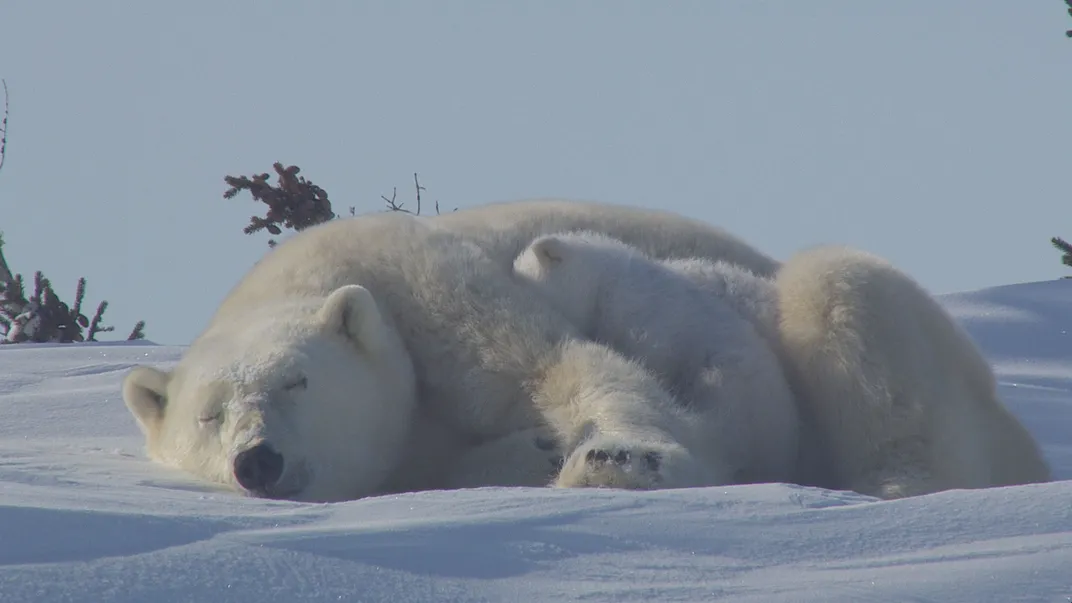
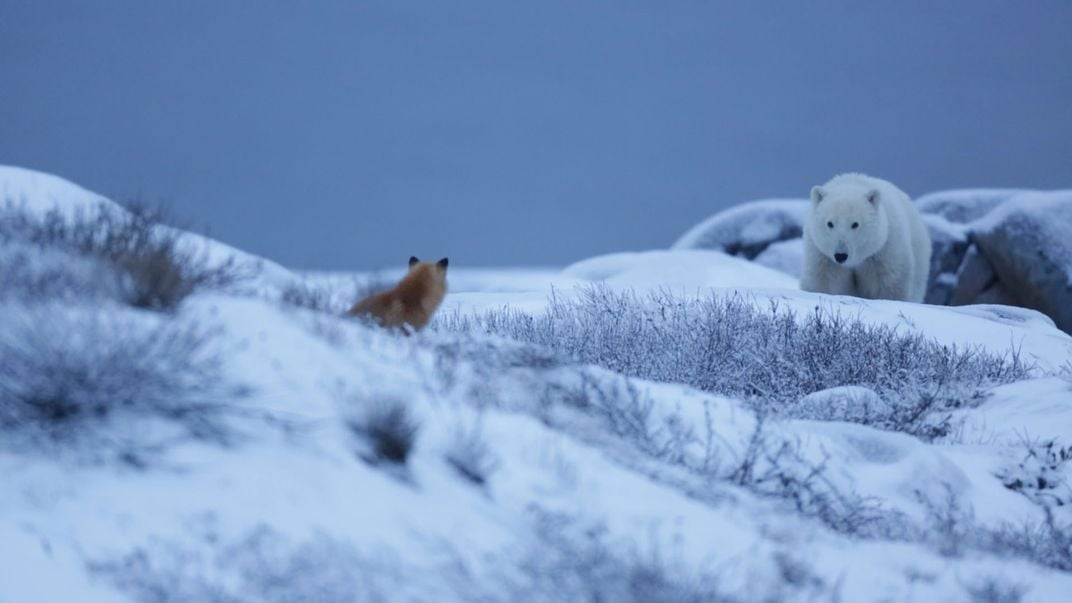
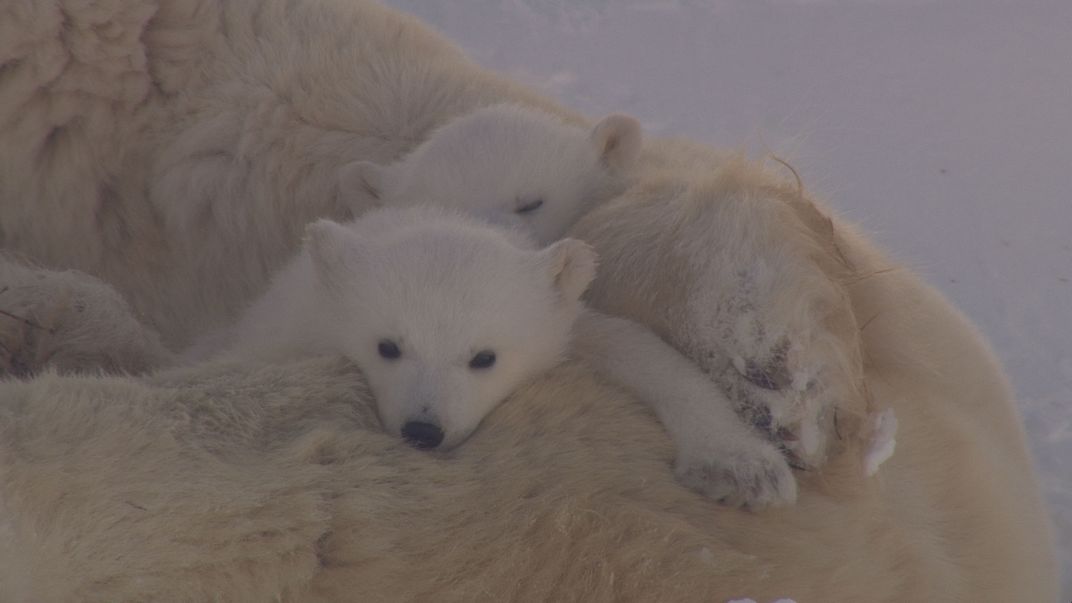
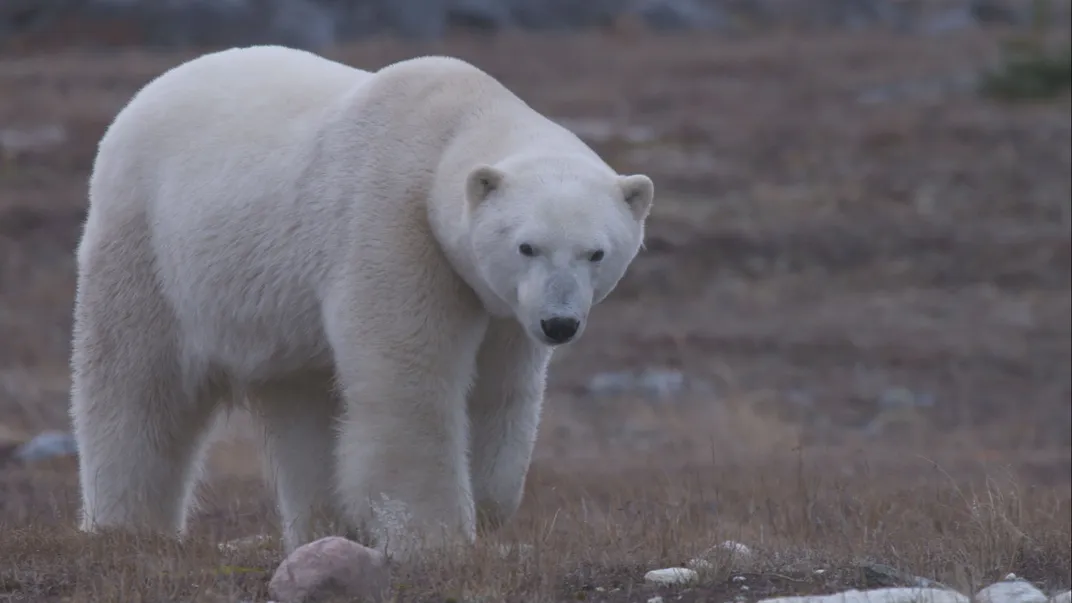
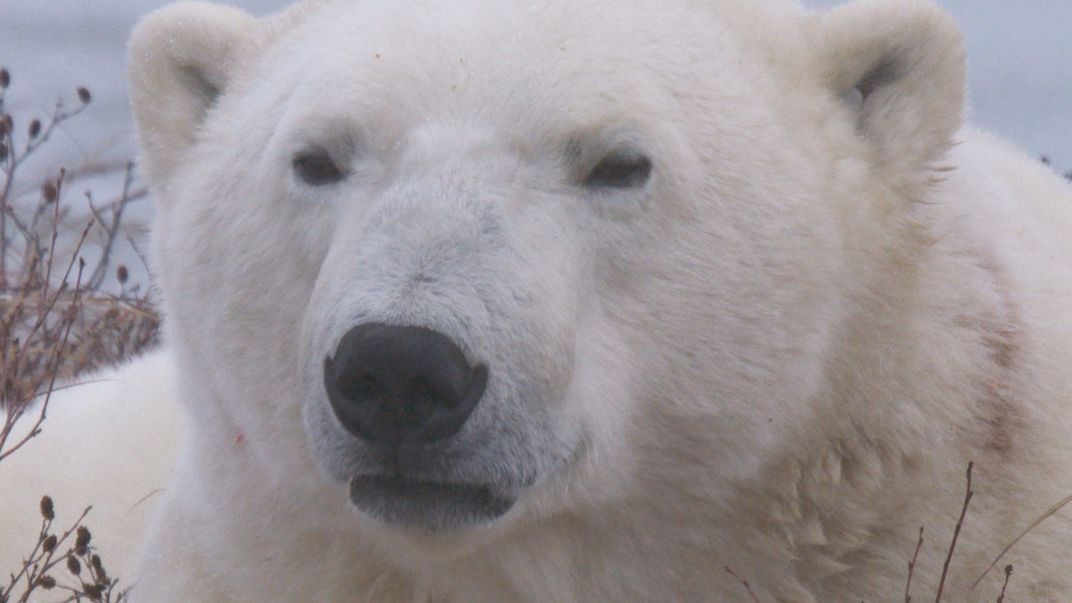
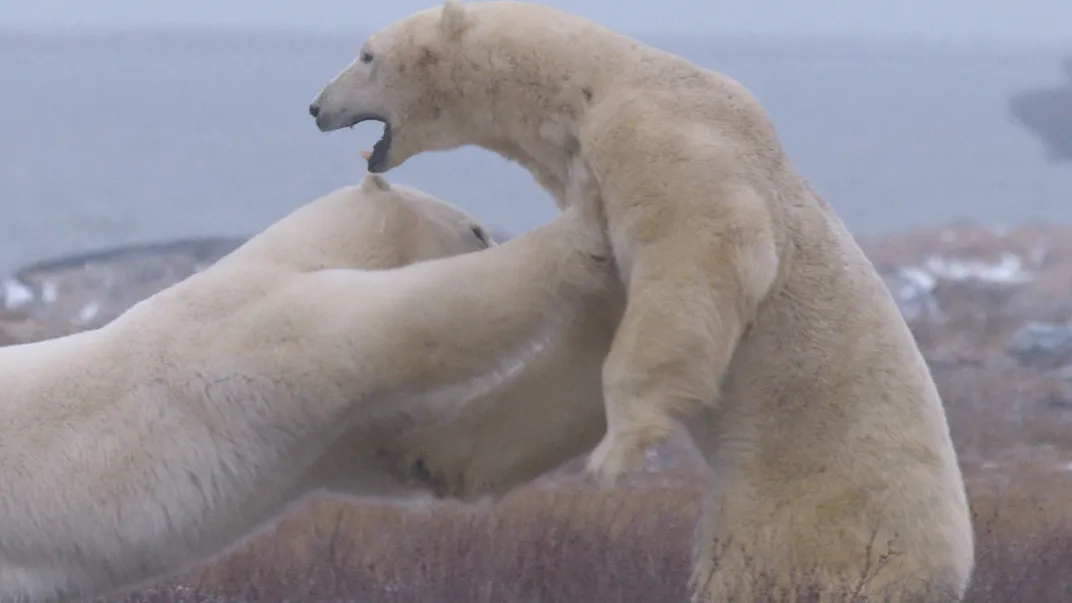
/https://tf-cmsv2-smithsonianmag-media.s3.amazonaws.com/filer/34/7b/347bf23c-9d0b-491c-90d8-7a2618f3e6db/bear4.jpg)
